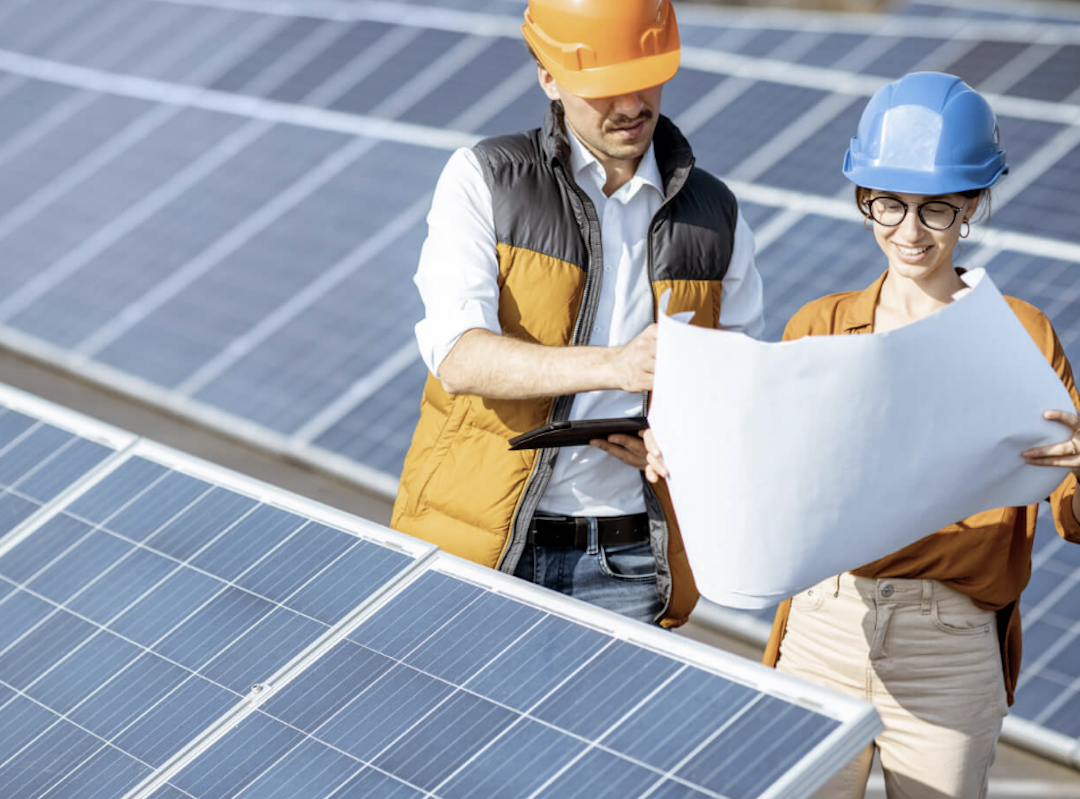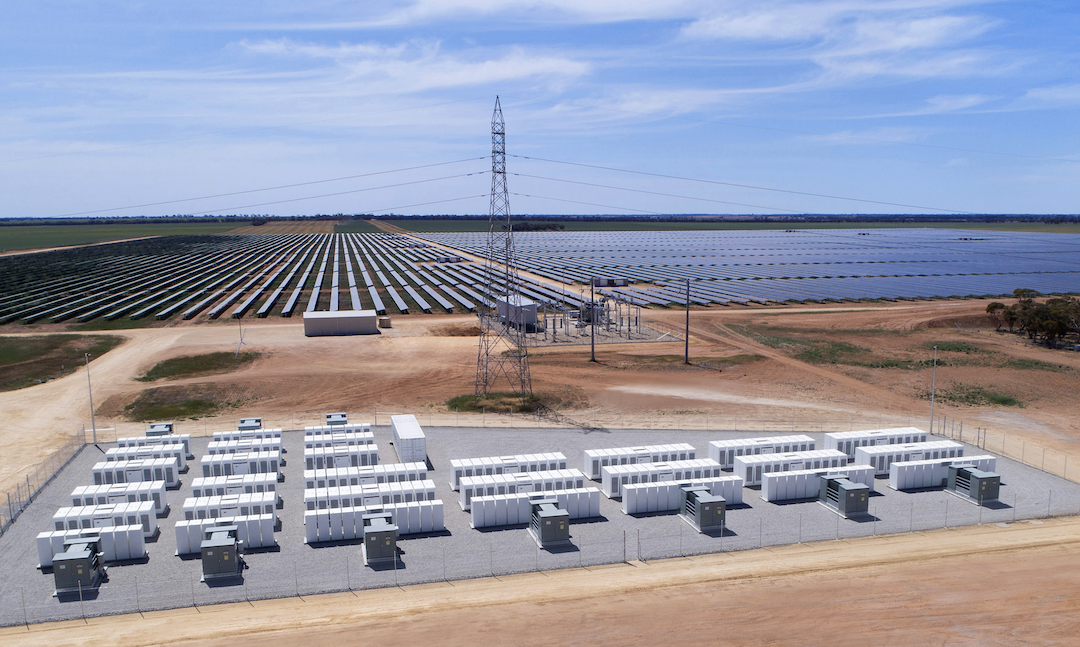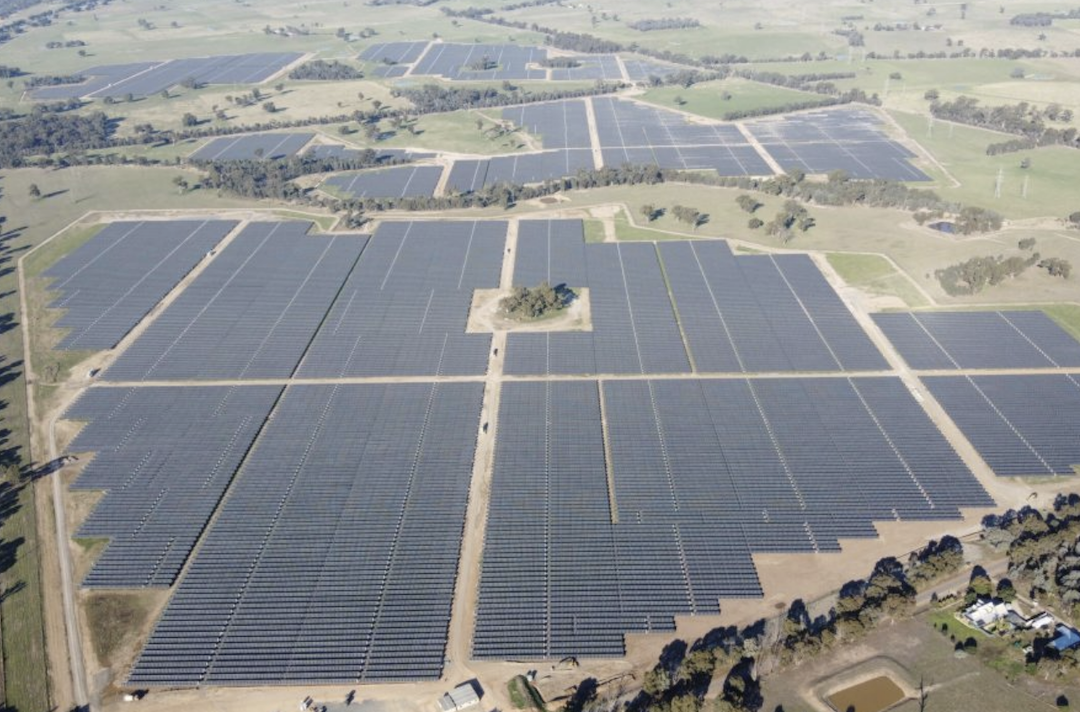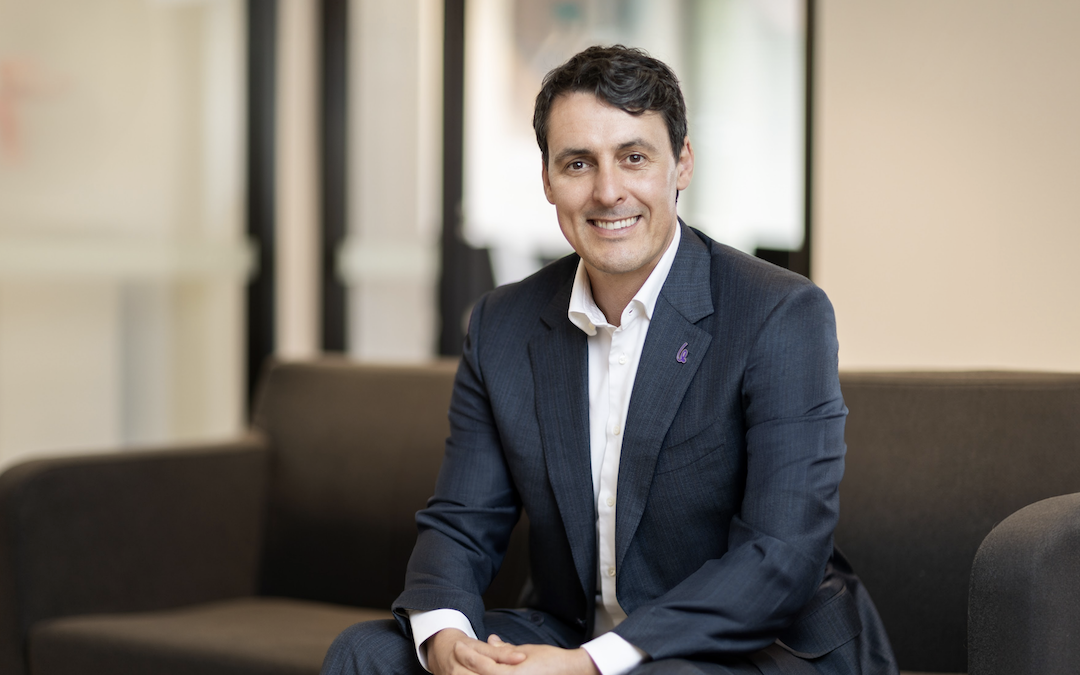Gentari Solar Australia CEO, Andrew Barson, is responsible for the development and operation of major clean energy projects all across Australia.
Gentari Solar Australia (Gentari), formerly known as Wirsol Energy, is one of Australia’s leading clean energy providers. Their solar and energy storage solutions promote the value of renewable power in Australia, and help to ensure a greener future.
We spoke to Andrew Barson about the value of working with local businesses, and his vision for the company.
Why is investing in renewable energy so important?
Climate change continues to impact communities around the world. In Australia, the energy market is responding by transitioning to renewables. In fact, we have eight gigawatts of coal generators scheduled to reach their end of life and leave the electricity grid in the next decade. Already, renewable energy plus storage is the most affordable way to replace these generators.

Workers overseeing a solar farm © Gentari
What factors do you take into consideration when choosing sites for your projects?
The suitability of the sites is determined by many aspects including current use of the land, ecological values and proximity to neighbours, but a key factor to determining if a site is viable is access to the electricity grid. It’s vital to have a connection to a substation or a transmission line from the site to feed the energy back out into the grid. Sites also need to be accessible for vehicles so we can bring in trucks and equipment to construct and operate the solar farm. When we search for new locations, we want to partner with landowners and local communities who want to work with us and be in communities that can support the development and operation of our solar farms.
What sort of opportunities do your projects create in regional communities?
Our projects allow landowners and farmers to diversify their income and expand their businesses. Landowners can either lease or sell their land for the project. We are keen supporters of involving landowners and farmers to bring ‘agrivoltaics’ to the site that is the simultaneous use of land areas for solar panels and agriculture.
An example of this is the Glenrowan West Solar Farm, where we have partnered with the landowners who are sheep farmers, and since building the site, we’ve introduced sheep back onto the farm. The vegetation and sheep benefit from having some shade and the sheep assist us with the vegetation management. The landholders and Gentari work together to find the optimum grazing program to suit the seasonal rainfall, vegetation growth, farming, and solar farm operational requirements. Another of our projects, was built on land leased from a grain and crop farmer who says the project has helped to diversify his income. In the lean years, when growing conditions aren’t optimal, he can keep his staff, whereas before, he would have to lay them off. The landowner has also put sheep onto the solar farm, to assist us with vegetation management.
Additionally, our projects support local businesses and communities by creating jobs and contributing to local economies particularly during the construction of our solar farms. We require electricians, labourers, health and safety experts, fencers, truck drivers, forklift operators and more. Ongoing, we need vehicle maintenance and vegetation care. Our sites create an abundance of jobs and promote a diverse workforce.
Our site team comprises of members of the local community, and they are very proud to work at the solar farm and contribute to the energy transition. Gentari also supports the community by delivering various community engagement initiatives across the communities that we operate in, including supplying a local AFL & Netball club with solar panels and batteries and donating to various local not-for-profit organisations.

Gannawarra solar farm © Gentari
Talk to me about Gentari’s 2030 mission. What steps are you taking to reach this renewable energy goal?
This year, we are starting construction on two new projects, which will contribute another 550 megawatts towards our current goal of operating 8 gigawatts of renewable energy in Australia by 2030. We are currently producing 422 megawatts, so these new sites will more than double our energy capacity. These projects will also provide 500 jobs at their peak.
As well as delivering the two projects above, we will also be expanding our development pipeline, looking for new sites for projects.
How does Gentari Solar Australia collaborate with international branches?
Gentari Solar Australia is self-sufficient in the sense that we develop, build and operate all our own solar farms here in Australia. However, being part of the larger Gentari company means we have more funding and expertise behind us. For example, our sister company in India has 1.5 gigawatts installed. Gentari also has hydrogen and green mobility divisions, operating in various countries around Asia and we are working together to work out how to also bring these clean energy solutions to Australia.
As CEO, what are your roles and responsibilities during each project?
As CEO, I manage a large team with various skill sets that span our business’ core areas of expertise, including Asset Management, Operations & Maintenance (O&M), Construction Management, and Project Development, as well as general business administration, including HR, Marketing, Finance, and Legal.
We have 422 megawatts of solar farms operational, and we’re constantly negotiating new contracts with landowners, applying for development approvals, and selling the electricity generated on-site to energy retailers. There’s a lot to oversee, given construction alone can take one to two years.

Glenrowan West solar farm © Gentari
What values do you prioritise for the company?
I want the company to contribute to a sustainable, equitable and just transition, and one of the key values needed to achieve is to be a reliable clean energy partner. And that’s a partner with landowners, local businesses, the local community council, and with energy customers. I want Gentari to continue its reputation for consistency and quality.
We also want to partner with organisations that have aligned values to deliver these projects. We genuinely want to invest in Australia’s future and create a lasting impact in the regional communities of our sites.
What do you see as Gentari’s overall impact in Australia?
I believe we will become one of the largest renewable energy companies in Australia by 2030. We will have the capacity to provide a holistic energy solution for many Australian businesses and households.
Our ambition is to have eight gigawatts (GW) of renewables and energy storage in Australia by 2030; providing an affordable source of energy to replace the coal generators scheduled to leave the electricity grid in the coming years.
To achieve this, we will build the critical infrastructure to deliver these projects and create new jobs in the regional communities that we operate in whilst contributing to local economies.
To date, our impact includes:
- 1,729,404 – Tonnes of CO2 emissions avoided annually.
- 315,000 – equivalent number of homes powered annually.
- 3,779 – Jobs created during construction
And this impact will only grow as we develop projects and introduce more clean energy offerings in Australia, like our hydrogen and green mobility arms.
To read our interviews with more Aussie CEOs, head to the AusBiz CEO page by clicking here!

